How to Use Different Types of Case Back Opener
Ways to open any watches
To take the case back off without damaging it, it is necessary to find the right tool for this purpose.
During watch assembly, removing the case back is a must-do step if you wish to access the movement inside. Yet, there are many different styles of watch case back. To take the case back off without damaging it, it is necessary to find the right tool for this purpose. If you are not sure which case back opener suits your watch, this article will help you clarify your doubts and show you how to use different case back openers.
For Snap In Case Back
Watch Case Knife/Watchmaker’s Bench Knife
The location of the notch may differ from watch to watch, but most of them should have a similar look.
Before removing the case back, you want to identify the location of the notch on the back of the watch. Some watches have small tabs on the back and some may have small grooves. Once you find it, you can then hold the watch by the case, and insert the blade into it. Push the watch case knife all the way in, and slightly twist the handle to pop the back off. If your watch is new, it may require considerable force to do so.
Pry type case back opener
Is the case back too tight, you may also try the pry type case back opener. Different from the watch case knife, this opener utilizes leverage to lift up the case back, so you can easily take off some tight ones without using much strength. Simply insert the fine edge into the gap between the case and the case back, then pry it up.
For Screw In Case Back
Rubber Ball Opener/Suction type Case Back Opener
To grasp the case back firmly, a friction ball employs its tacky and squashy surface to create a large contact area with the ball and the case back while the suction type case back opener creates a vacuum pressure to grip onto the case. In essence, both openers work in a very similar way.
Simply place the opener onto the case back while you are holding the watch by the case. Then you can press the opener hard onto the back so as to have a better grip, and turn the watch case back anticlockwise until it is loose.
For beginners, these openers are some good choices as they will not scratch the case back. But both methods do not allow you to apply much force, so when you wish to open some tight case backs, you'll need the type of openers we'll talk about down below.
Two-pins/Three-pins case Back Opener
These are the most commonly used tools by the watchmakers as they have a better torque and are able to open some robust watch case backs. But you should take extra caution as any slippage can mar the case back.
Place your thumb on the watch and press the opener tight against the case back in order to avoid slipping.
For the 2-pins case back opener, you want to align the pins of the case back opener with any two notches on the back of the watch. You may adjust the span of the two pins by spinning the thumbwheel in between. When all pins align with the notches on the back, you can rotate the case back anticlockwise. It is important to press the opener tight against the case back to avoid slipping. Once it is loosened, you may unscrew the back with your hands.
For the 3-pins case back opener, its operation is very similar with that of the two-pins case back opener. The only difference is that you need to align one more pin with the notches and that's why it offers better stability than the 2-pins case back opener. To adjust the position of that extra pin, you may turn the handle of the wrench. When all three pins align with the notches, use your index finger to apply firm downward pressure on the case back opener while your thumb is holding the crystal. In this way, it will be easier for you to apply force.
If the case back is too tightly screwed in, you may use the case holder to set it still so that you can apply force easily.
When the case back is too tightly screwed in, you may use Bergeon 5700 case back opener to help you do this.
Bergeon 5700 case back opener
Sometimes if the case back is too tightly screwed in, you may need an equipment to help you do this. This case back opener can help opening most of the tight case backs and it fits watches with different sizes and shapes. Yet, this equipment takes you some space and it is quite costly.
You may take out the case holder and place your watch onto it first. Lay the strap flat and secure it by turning the knob before you slide the holder back to track. Then you may change the pins on the opener to any sizes or shapes that fit the notches on the back of your watch. Once the setup is ready, gently press the handle down to check if the pins align with the notches. If not, you may move the case holder or adjust the span by turning the knobs on both sides of the jaw holder. To take off the case back, you may hold the handle down and begin rotating it.
For Watch Case with Screws
To remove the case back with screws, you'll need a screwdriver with the right width and thickness for a good grip: firstly, the width should be similar with that of the screws but not any wider. Secondly, we need to be able to insert the screwdriver into the screw slot. In the meanwhile, it should not be too thin, otherwise the contact area between the screwdriver and the screw slot will be limited to the two ends of the screw slot, which exerts excessive pressure on those spots. This reduces the grip on the screw, causing it to slip more easily, and can dent the slot. You may then turn the screws anticlockwise so as to loosen them. With all the screws loosened, you can easily take off the back.
Rolex watches have unique case backs that require special dies in specific shapes and sizes to open.
For special case back
Some of the leading watch brands, such as Rolex and Panerai, have their unique case backs that require special dies in specific shapes and sizes to open. To remove these types of case backs, you'll need a particular case back opener, such as a die set with a handle for specific watch cases.
You may choose a die that suits your watch case, and snap it into the handle. After that, you may place it onto the case back and unscrew it until it is loose.
That's it!
Now you know how to remove a case back with a case back opener that fits your needs and the type of your watch.

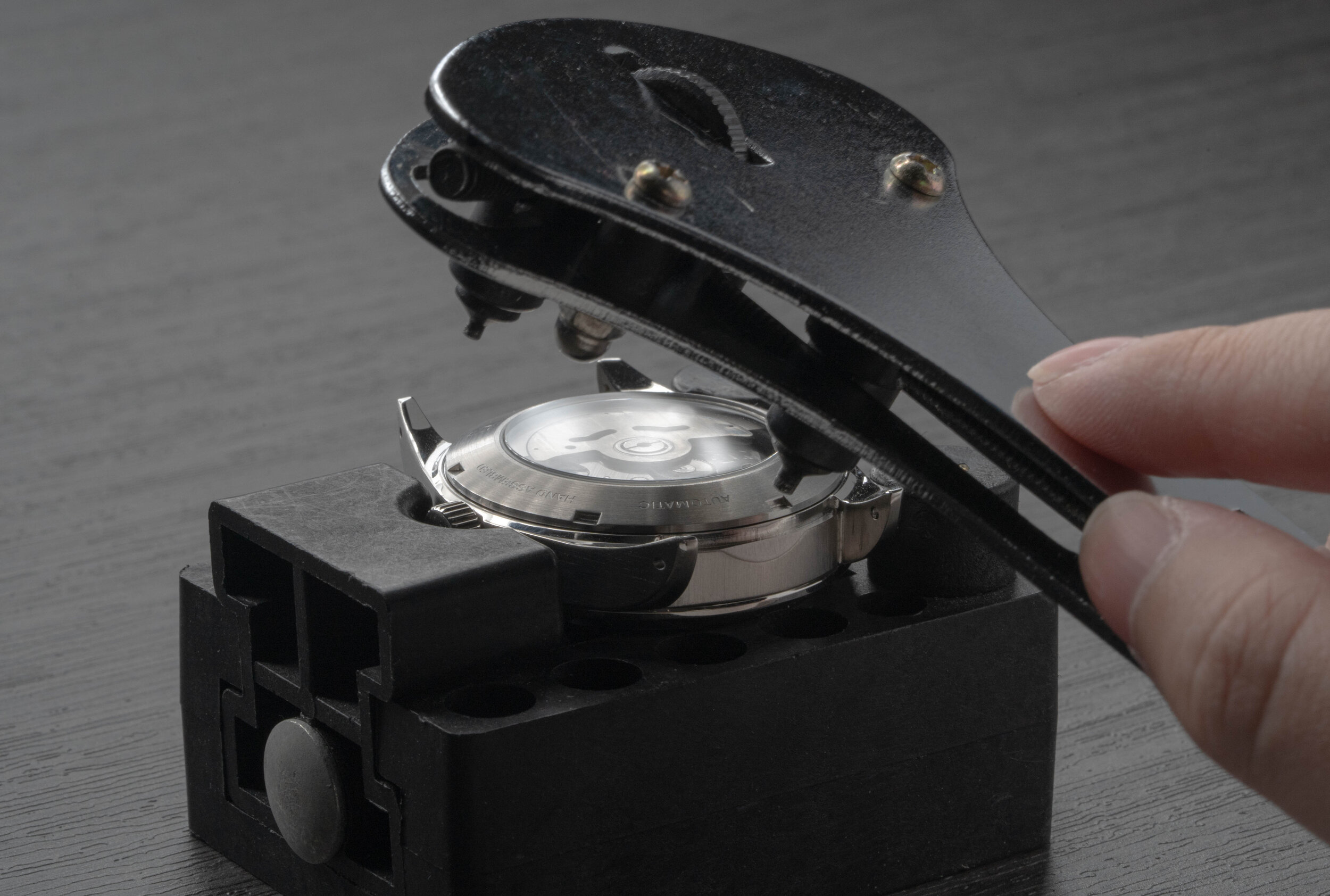
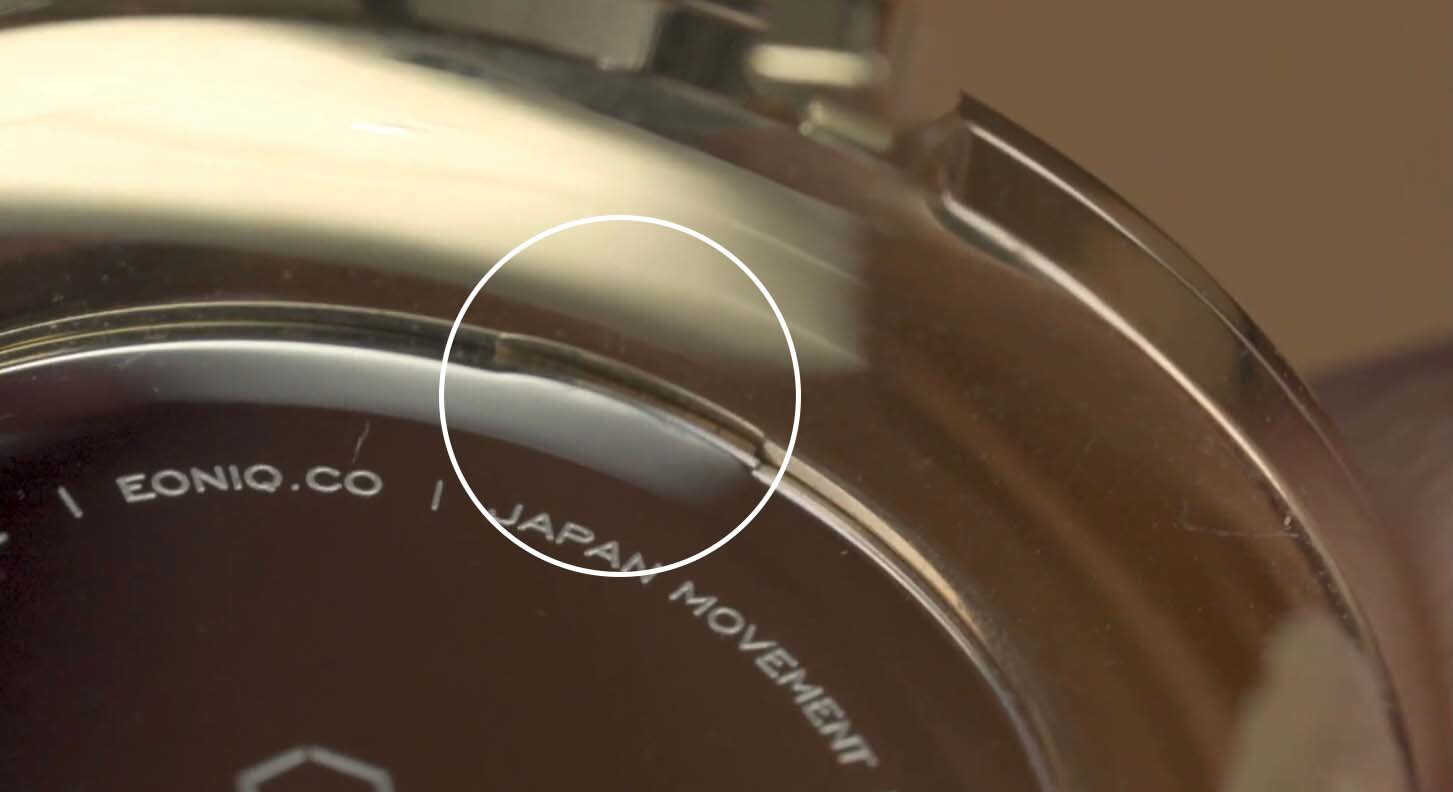
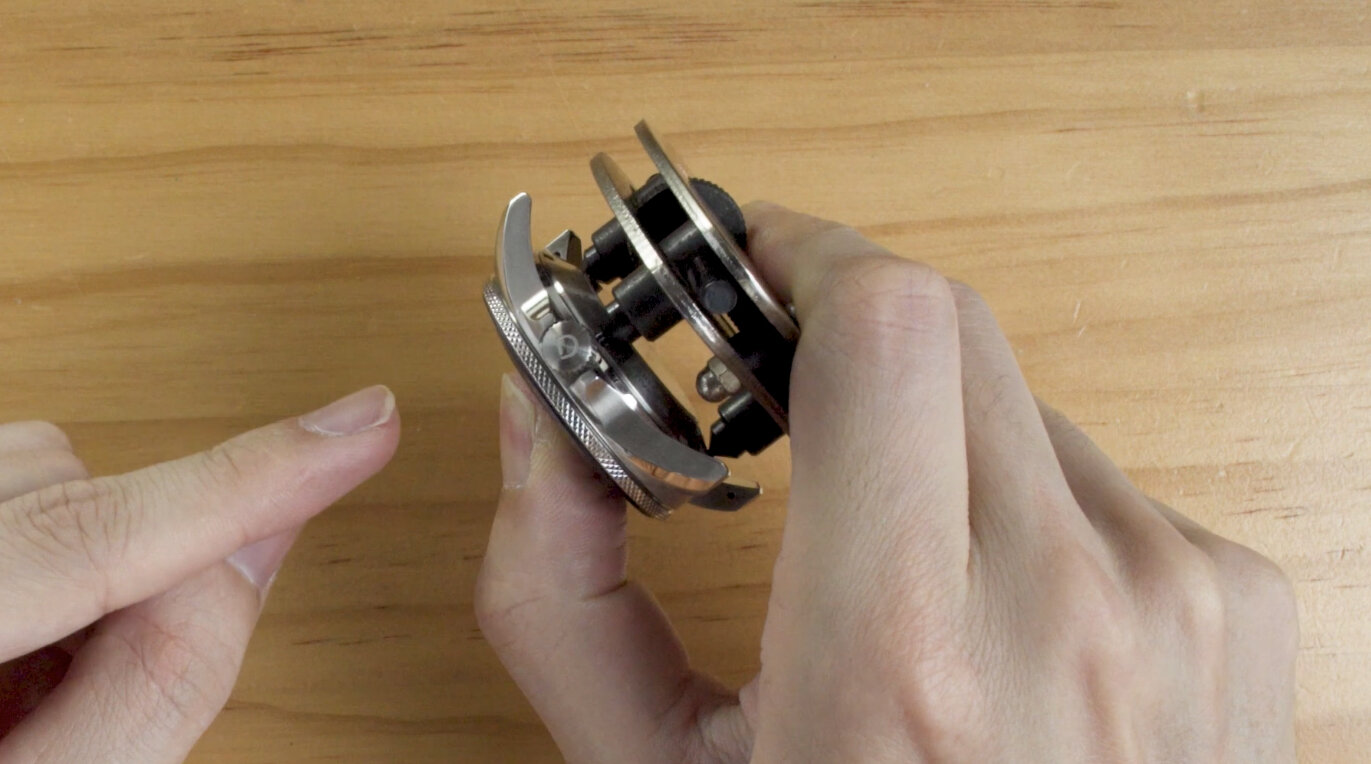
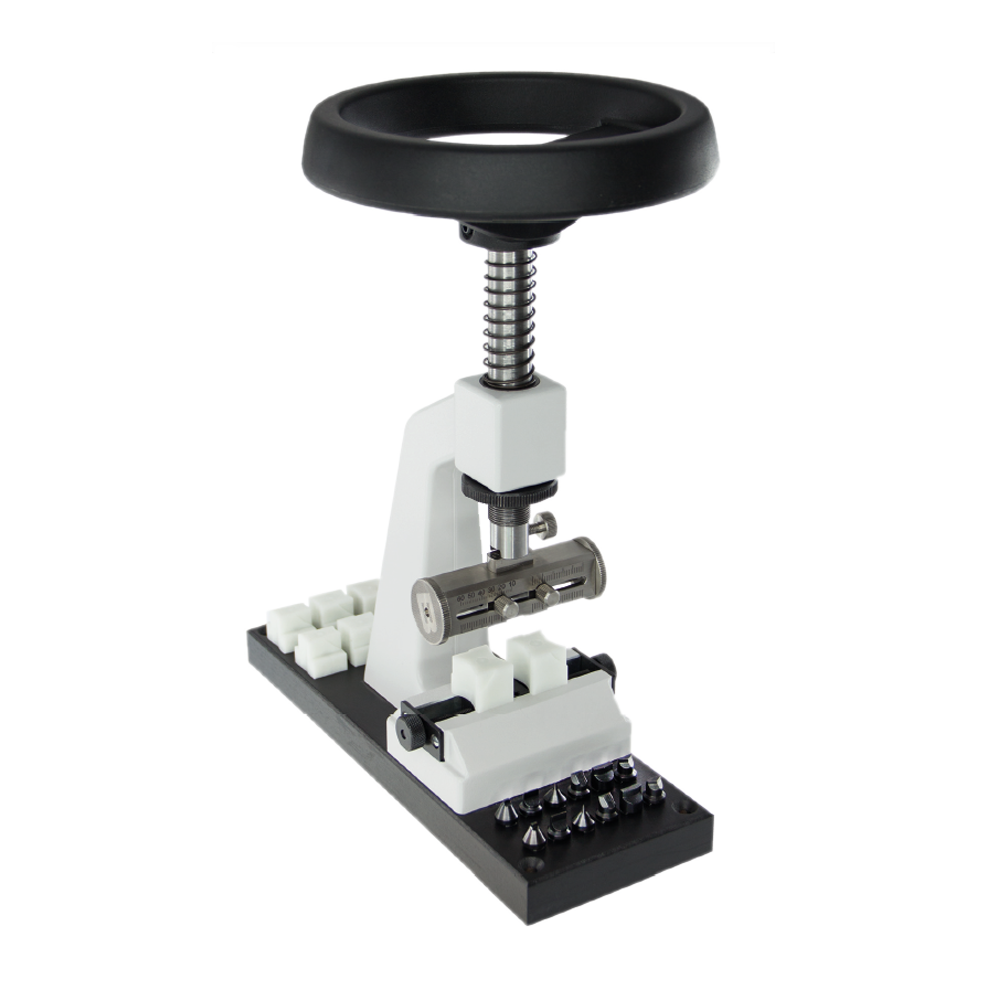
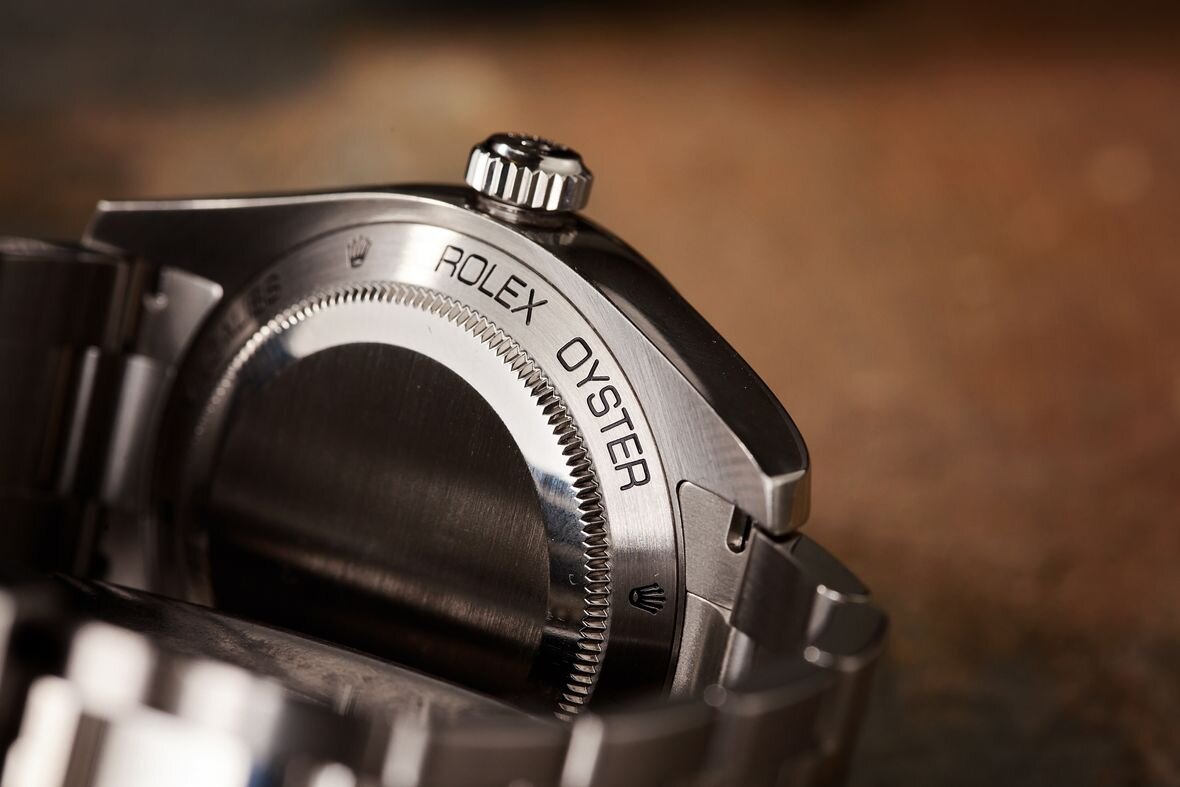



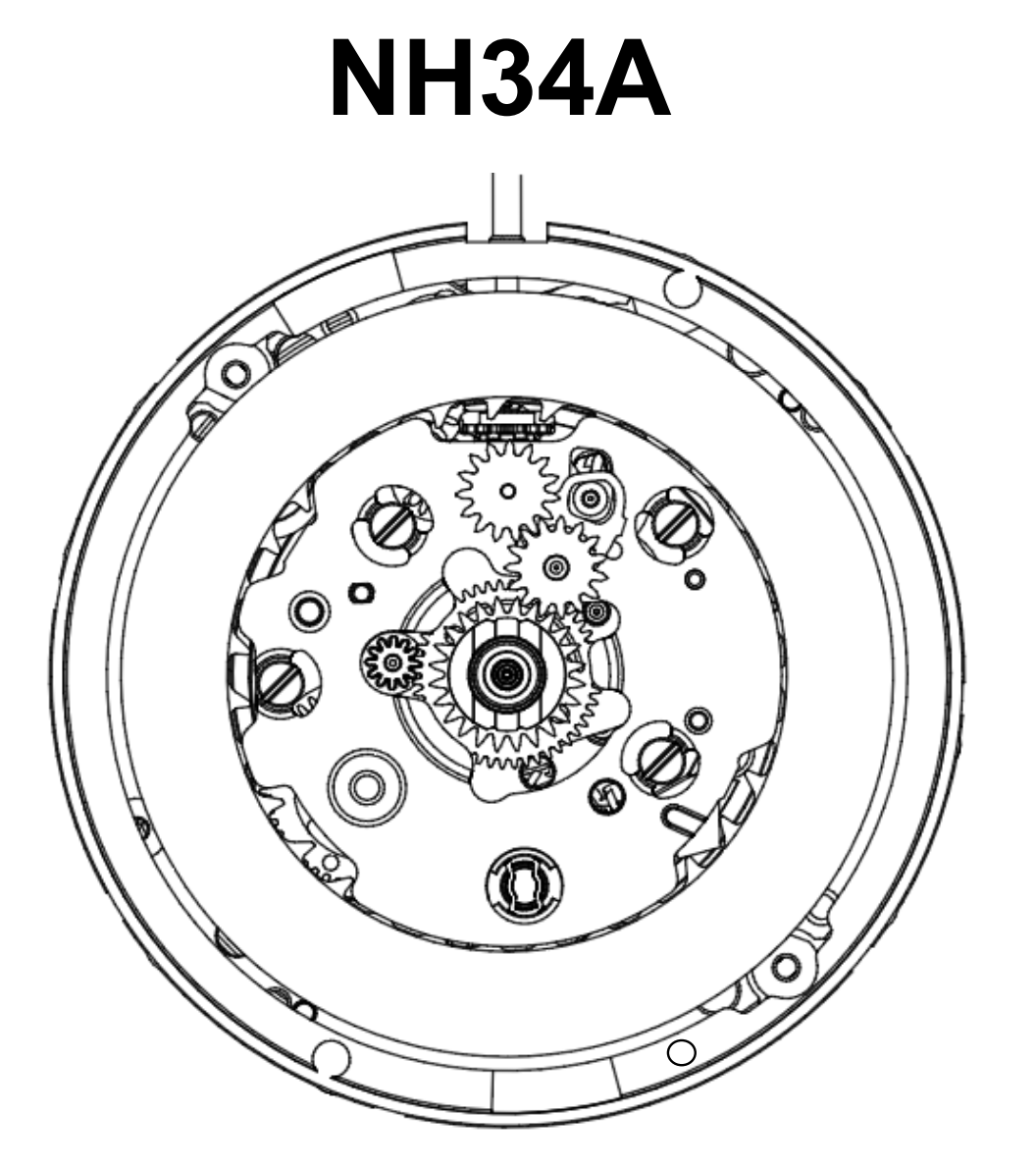


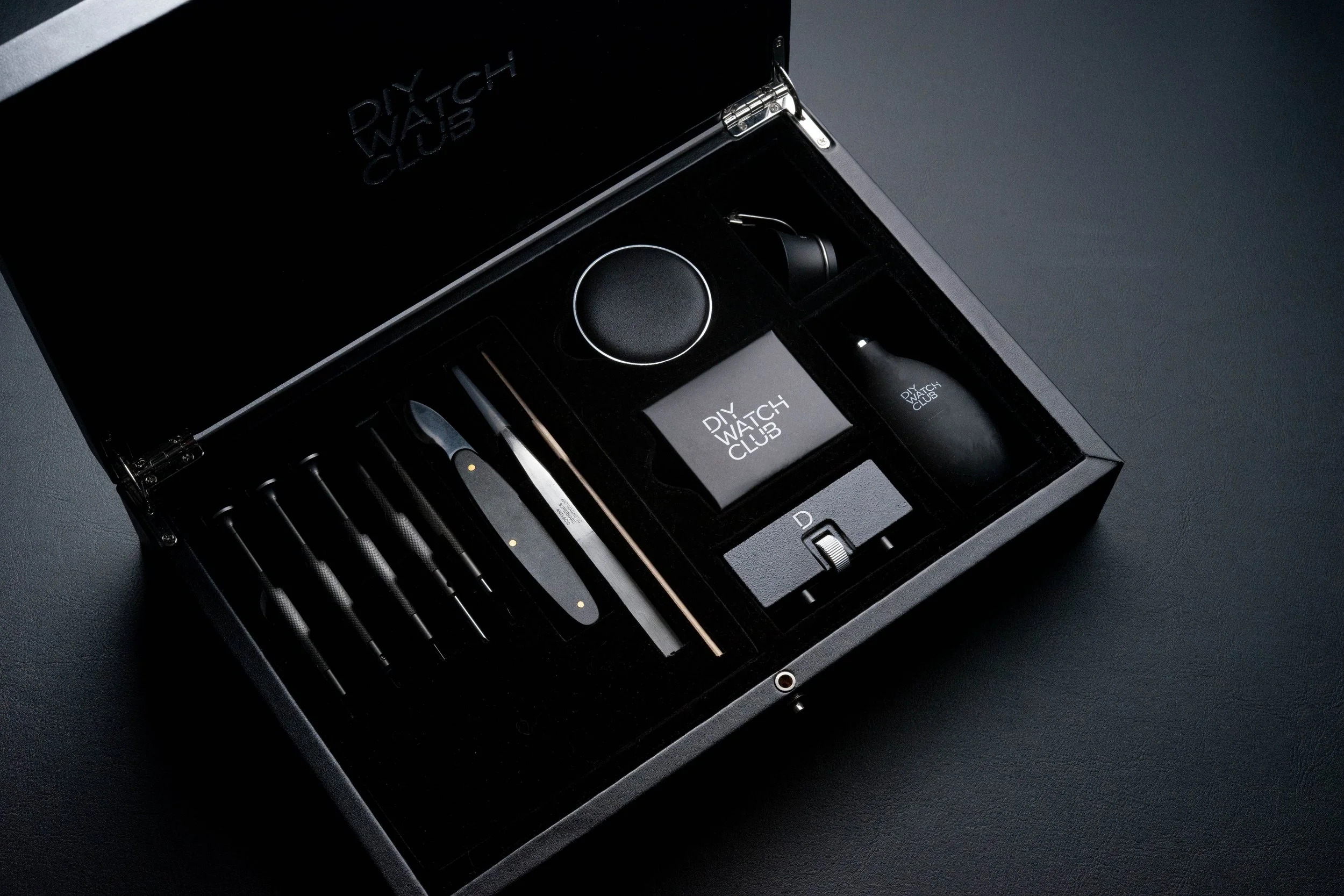


Blued hands and screws are ubiquitous existences in the history of watchmaking. Behind that frequent appearance though is a history and science that go beyond the aesthetic value of flame bluing.